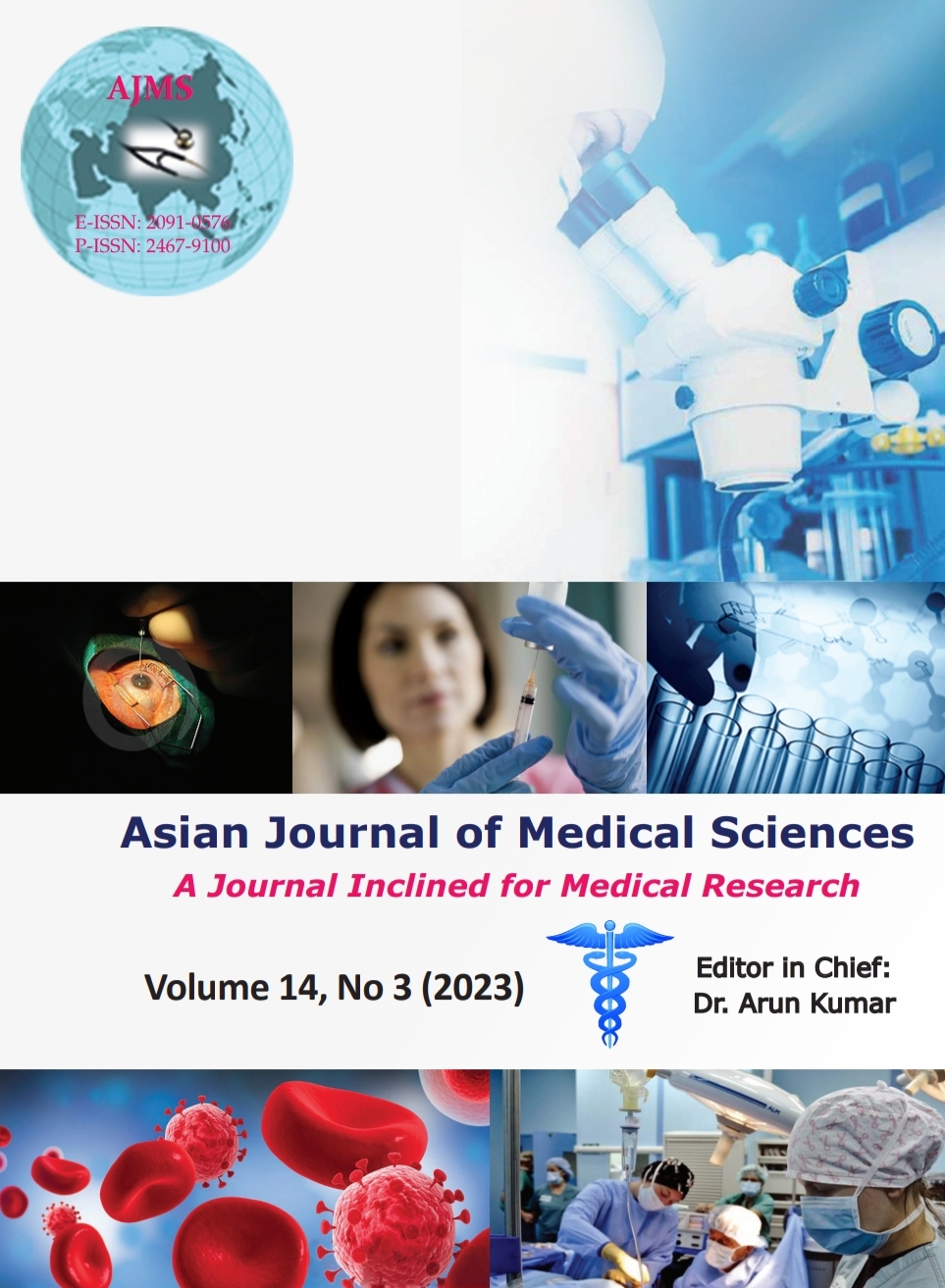Determinants of maternal near-miss event’s among pregnant women attending tertiary care hospital: A case–control study
Keywords:
MNT in women; Smoking in MNM; Alcohol in MNM; Complication in pregnancy; AbortionsAbstract
Background: Women who have survived complications during pregnancy and childbirth have been studied as surrogates of maternal deaths and have been termed as maternal near-miss. Study of such cases is considered a less threatening approach to improve maternal health care by the service providers. With this tool, we will be able to identify the delays. As near-miss occurs much more frequently than maternal deaths, a more reliable quantitative analysis can provide a comprehensive profile of the health system functioning. Near-misses are relatively simpler to analyze and easier to resolve. This knowledge will help in identifying the contributory factors of maternal deaths so that actions can be taken at community and health systems level.
Aims and Objectives: The objectives of this study were to determinants of maternal near-miss event’s among pregnant women attending tertiary care hospital.
Materials and Methods: This was a case–control study, conducted in the Department of Obstetrics and Gynecology at Government Medical College, Akola from January 2019 to January 2021. One hundred and twenty-five cases and 375 controls were included in the present study using EPI INFO in 2 years. Cases of near-miss events from hospital during study was identified and included in the study.
Results: In this study, a total of 500 persons were questioned (125 cases and 375 controls), with a 100% response rate. The average ages of the cases and controls were 26.5 (4.42) and 29 (59.9) years, respectively. Pre-existing medical disorders were substantially linked to maternal near miss (MNM). More over half of the patients (59.2%) and less than a third of the controls (23.21%) had a history of at least one pre-existing medical condition. After adjusting in the multivariate logistic regression model, multigravida, lack of antenatal care, induction of labor, and delays in reaching hospital were positively associated with a MNM. For instance, those mothers who were pregnant for the 2nd–4th times (AOR: 4.94 [95% CI: 1.46–16.8]) and more or equal to 5 times (AOR: 3.84 [95% CI: 1.23–11.91]) were nearly five-fold and four-fold more likely to experience MNM events respectively.
Conclusion: The factors that were found to be significant in our study are non-modifiable risk factors for maternal near-miss occurrences. These events can be prevented and mitigated by early detection and proper prenatal care.
Downloads
Downloads
Published
How to Cite
Issue
Section
License
Copyright (c) 2023 Asian Journal of Medical Sciences

This work is licensed under a Creative Commons Attribution-NonCommercial 4.0 International License.
Authors who publish with this journal agree to the following terms:
- The journal holds copyright and publishes the work under a Creative Commons CC-BY-NC license that permits use, distribution and reprduction in any medium, provided the original work is properly cited and is not used for commercial purposes. The journal should be recognised as the original publisher of this work.
- Authors are able to enter into separate, additional contractual arrangements for the non-exclusive distribution of the journal's published version of the work (e.g., post it to an institutional repository or publish it in a book), with an acknowledgement of its initial publication in this journal.
- Authors are permitted and encouraged to post their work online (e.g., in institutional repositories or on their website) prior to and during the submission process, as it can lead to productive exchanges, as well as earlier and greater citation of published work (See The Effect of Open Access).




